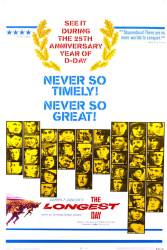
Factual error: The U.S. Paratrooper uses his "clicker", and the German answers with a "double" click-click - click-click. The Paratrooper stands up, and the German soldier shoots twice with his Mauser K98 without pulling back the bolt between shots, which is impossible.
Suggested correction: There could have been another German soldier present who fired as well.
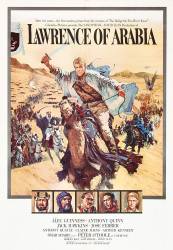
Factual error: In the foreground of the Aqaba raid scene, Turks are using a Browning M1919 machine gun, which wasn't yet designed and certainly would not be available to the Turkish Army.
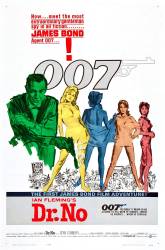
Factual error: When Professor Dent tries to shoot Bond at Miss Taro's and Bond is waiting for him in the darkened room, the 'Walther PPK' that Bond is busily screwing the silencer onto, at the beginning of the scene, does not have an external hammer, and is therefore not a Walther at all. It's a Browning 1910 .32 calibre. (00:55:10 - 00:56:35)
Suggested correction: Correct to say it's not a PPK, but it's not a Browning either - in a close up one can see the Beretta logo on the grip.
First off, it is certainly not a Beretta. That's not the Beretta logo (3 arrows), but it's the Fabrique Nationale logo (stylized FN). Plus the Beretta has an external hammer and the gun in question does not. It is indeed a Browning 1910 (which is manufactured by Fabrique Nationale. Finally, it is not necessary to submit a correction for mistakes that are accurate but have one or two words wrong (not that this mistake had any words wrong).
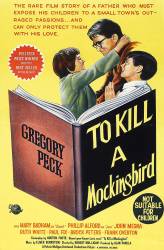
Factual error: The time period of the film is 1932. In the opening title sequence, you see someone playing with Crayola Crayons (I assume it's Scout). One of the Crayons is labeled "Melon". Binney & Smith didn't sell the Melon colored crayon until 1949. Crayons produced from 1903 to 1948 sold for a nickel and contained only eight colors: red, orange, yellow, green, blue, violet, brown, and black.
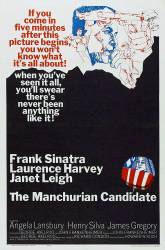
Factual error: Raymond is equipped with what is described as a high-power Soviet sniper rifle. However, the rifle he uses is actually a Japanese carbine.
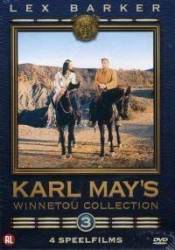
Factual error: Somewhat late in this German made western, Lex Barker and company are led into an Indian village, somewhere in (I presume) the Rocky Mountains. You will notice that there are at least two totem poles in this village. The kind of Indians shown dress like Plains Indians, and not like Northwest Indians. Northwest tribes who are found in Washington state, USA, and British Columbia, Canada, are the only tribes with totem poles. Plains Indians did not have totem poles.
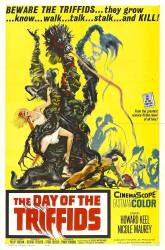
Factual error: The geography of London is all wrong. When Howard Keel leaves the Eye Hospital (in Kings Cross) he turns a corner and ends up in Lincoln's Inn Fields (where he sees a dog being killed by a Triffid), he then exits the park and ends up in Victoria Train Station. All these locations are several miles apart.
Suggested correction: The station appeared to be Marylebone rather than Victoria, which would have placed him even further away from where he needed to be (Waterloo). Also, he then takes an abandoned car on the south side of Westminster bridge and a few moments later is driving with St Pauls in the background. Completely the wrong direction.
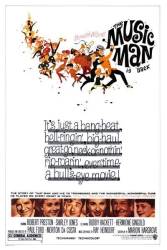
Factual error: Professor Harold Hill asks the mothers of River City about their sons, "Is he starting to memorize jokes from 'Captain Billy's Whiz Bang?'" While the film is set in 1912, the first issue of the pulp magazine, "Captain Billy's Whiz Bang," did not appear until 1919. "Whiz Bang" was a term coined by soldiers in World War I (commencing in 1914), which referred to a rocket that "whizzed" by and exploded with a "bang." (00:20:00)
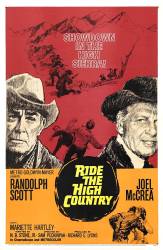
Factual error: Steve Judd makes a ten cent bet with Gil Westrum and plops down his dime. When we see the dime we see the worn reverse of a Mercury Dime. Mercury Dimes were not released until October 1916. This movie is set in the early years of the 20th Century, many years before Mercury Dimes were placed in circulation. (00:06:55)
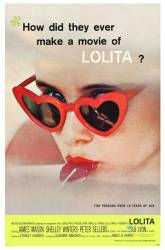
Factual error: Humbert finds Lolita in a phone booth at an Esso station. There were no Esso stations in Ohio, where they were living. That brand was used only in the Northeast. (01:59:20)
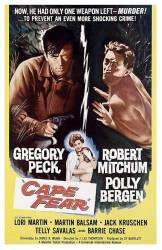
Factual error: Cape Fear the town, the river and the cape, are all in North Carolina. The civil-rights-type lawyer tells Bowden that a committee sitting in the state capital will see that he never tries another case in "this state." That committee turns out to be in Atlanta. The Atlanta trip is a vital part of the plot - the word "Atlanta" occurs about a dozen times in the script.
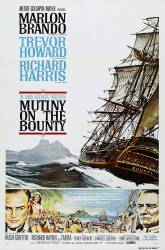
Factual error: In the film, the mutiny occurs during the day, when Bligh allows a crewman to die of thirst. The actual mutiny occurred in the middle of the night, when Christian and several followers entered Bligh's cabin and awakened him.